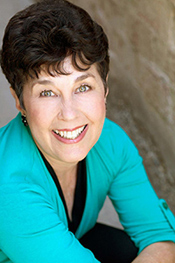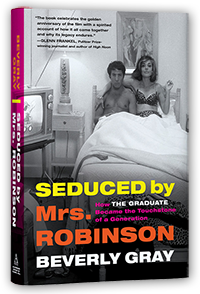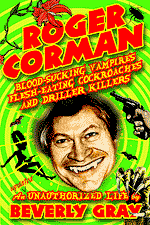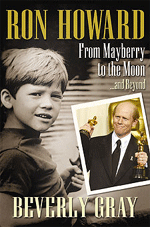It’s common wisdom that Richard Nixon lost the presidency to
John F. Kennedy in 1960 because he didn’t know how to handle television. During
their first televised debate, Kennedy appeared tan and relaxed, while Nixon’s
sweaty forehead and five o’clock shadow made him look disreputable. But as author
Will Swift points out in Pat and Dick,
there were times when Nixon himself turned the new medium of television into
brilliant political theatre. Swift kicks off his portrait of the Nixon marriage
by describing the night of September 23, 1952. Nixon, campaigning to become
Dwight D. Eisenhower’s vice president, had been accused of taking inappropriate
monetary gifts from campaign donors. With his candidacy called into question,
he decided to book a live broadcast to the nation. The stage at Hollywood’s El
Capitan Theater was dressed to look like the den of a middle-class family home.
Dick Nixon, seated at a desk, proclaimed himself innocent of having received
anything but Checkers, the beloved family cocker spaniel.
During a speech that made Checkers a household name and
helped Nixon surge in popularity, Pat sat silently, loyally, at her husband’s
side. For her pains, she won the respect of an American public that believed it
was a wife’s duty to stand (or at least sit) by her man. Patricia Ryan
Nixon—who before marriage had been a school teacher and a sometime movie
actress—knew she had to live up to the Fifties ideal of womanhood. It was her responsibility
to raise the children and keep the home fires burning while her mate went off to
joust with the outside world. In 1960, says Swift, Americans had not yet fallen
in love with the patrician Jackie Kennedy. “But Pat Nixon was as familiar to
them as television actress Donna Reed, and as much admired.” Reed, of course,
was the star of a long-running TV sitcom (1958-1966) portraying an idealized
American family guided through life by Mom’s wit and wisdom.
Swift suggests that being Dick Nixon’s helpmeet was not the
easiest of jobs. She was a private woman and a proud one. As much as Pat believed in her husband's brilliance and his destiny, being cast as a
symbol (and publicly ridiculed as “Plastic Pat” by her husband’s detractors)
could not have been pleasant for her.
Oddly, I started thinking about Pat Nixon after reading the
biography of a woman who never became a wife and mother. Heath Hardage Lee is
the author of Winnie Davis: Daughter of the Lost Cause. It’s a scholarly book that has attracted some Hollywood
interest, and I can see why. Winnie was the youngest child of Jefferson Davis,
the president of the Confederacy. Born in the darkest days of the Civil War,
she grew up to find she was expected to serve as a symbol of the Old South.
Solemn and virginal, dressed all in white, she appeared before Southern
veterans’ groups like a sweet apparition, lending her angelic touch to the nostalgia
they felt for the Dixie of ante-bellum days. As an image of Southern womanhood,
Winnie was far less Scarlett O’Hara than sweet, sad Melanie, and the old
soldiers loved her for it.
But Winnie was also a flesh-and-blood young lady, one who
fell for exactly the wrong kind of man. So loud was the clamor from her Southern
admirers that the engagement got called off. She found some happiness in, of
all places, New York City, where she worked as a writer and lived an
independent life. But, ironically, her obligations to the Lost Cause did her
in: by age 34 she was dead. As Pat Nixon also knew, being a symbol is hard
work.
Will Swift will appear
on my panel, “Getting the Family on Board,” at this year’s conference of the Biographers International Organization (BIO), to be held in Boston on May 17. The public is
cordially invited.








Being related to the President of the United States must be one of the hardest things aperson can go tthrough. Both books sound very interesting.
ReplyDeleteYes, it's clearly not all smiles and roses. Pat Nixon was apparently very quick-witted when faced with an angry mob in South America during her husband's presidency.
ReplyDelete